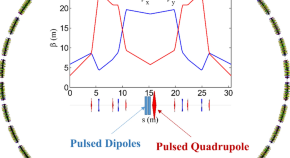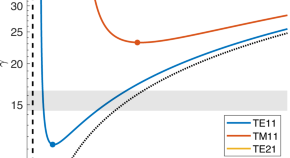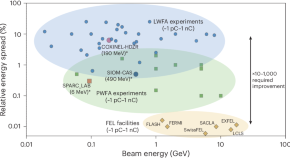
Free-electron lasers create coherent light by constantly accelerating a beam of electrons. Free-electron lasers are particularly useful because they can produce radiation with a short-wavelength, down to just a few tenths of a nanometre. Thus, it is hoped they will become an important tool for atom-level material characterization.


Intense, short-pulse laser irradiation generates energetic electrons that heat targets to extreme conditions relevant to laser fusion. Here, authors used an X-ray Free Electron Laser to perform spatiotemporal measurements in solid-density copper foil with sub-micron and femtosecond resolutions.

A waveguide can increase the coupling between an electron beam and electromagnetic field in a THz Free Electron Laser. The authors characterize the spectral properties of a compact waveguide FEL including dual-frequency lasing and tunable wavelength.

The authors combine differentiable physics modelling and neural networks to extract high-resolution electronic density of states of warm dense materials from resonant inelastic x-ray scattering spectra. With this approach, they identify distinctive features in the valence structures of warm dense Fe and Fe2O3, also estimating their temperature and M-shell binding energies.

This Review examines the principles of operation and progress made in developing free-electron lasers that feature plasma-wakefield-acceleration technology.

Warm dense copper, created by an X-ray free-electron laser, features a transition from reverse saturable absorption to saturable absorption. The results can be used to benchmark non-equilibrium models of electronic structure in warm dense matter.